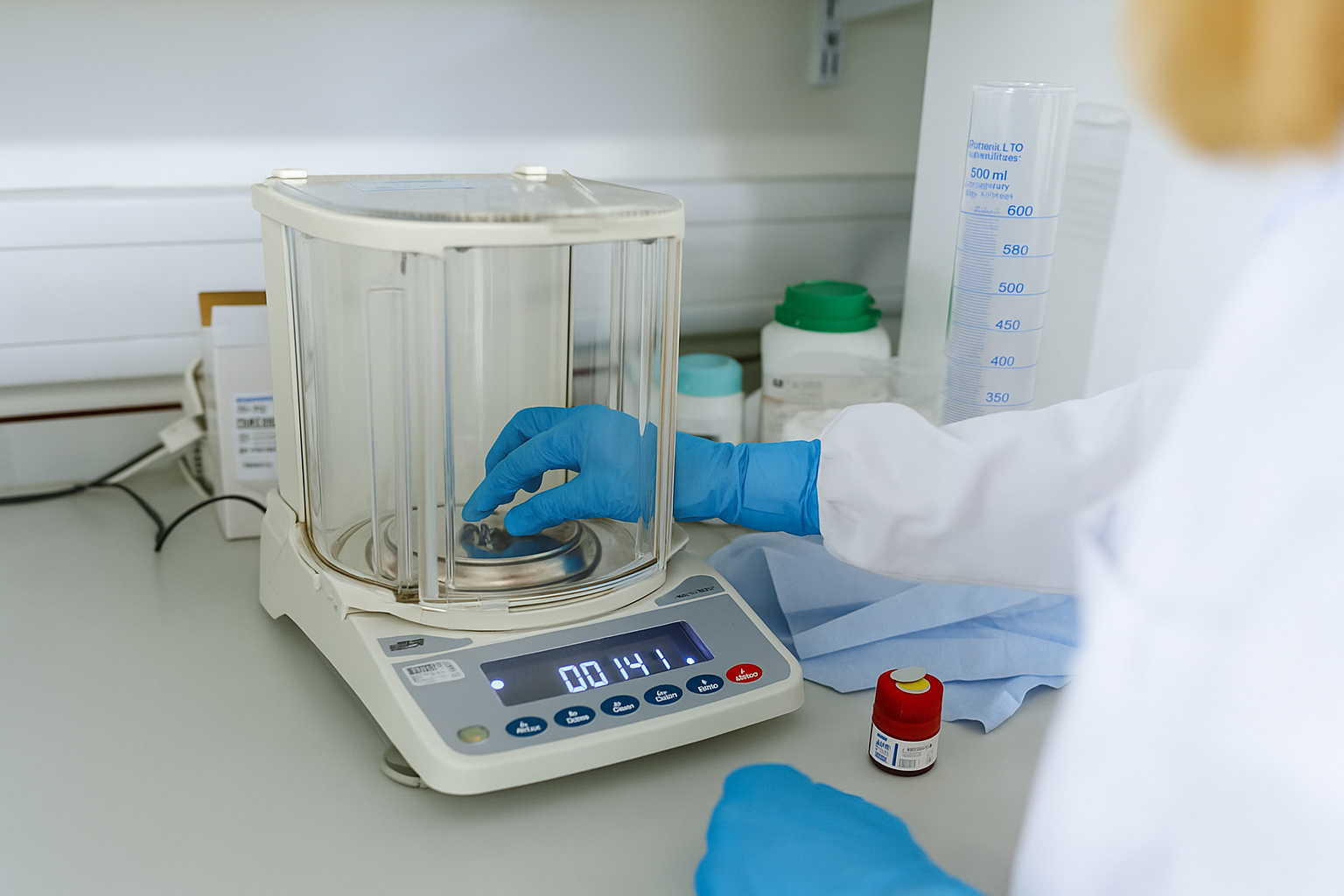- 28-Jun-24
A physician who has completed additional specialized training in the diagnosis and treatment of conditions pertaining to the eye and visual system is known as an ophthalmologist. Eye experts with training in ophthalmology are prepared to offer complete eye care, including complicated microsurgery, medical therapy, and prescriptions for glasses and contact lenses. They become medical specialists with the same qualifications as a cardiologist, anesthetist, gastroenterologist, or gynecologist thanks to this additional training.
Ophthalmology Meaning in Urdu:
عینیات - سائنس کی وہ شاخ جو آنکھوں کی ساخت، افعال اور بیماریوں سے متعلق ہے۔
Types of Eye Surgery:
The explanations of common eye surgery types follow. Information from the National Institutes of Health's National Eye Institute is incorporated into the descriptions.
- Blepharoplasty. The surgeon makes a small incision or incisions to remove skin and muscle and to remove or realign fat in order to correct droopy eyes.
- Cataract surgery. A cataract is a region of cloudiness in the lens of your eye that can impair vision. The doctor replaces the clouded lens with an artificial one using microscopic instruments.
- Corneal transplant. While removing the damaged portion of your cornea and replacing it with healthy donor tissue, the doctor utilizes a specialized equipment to keep your eye open. Physicians have two options for corneal transplantation: partial thickness (lamellar keratoplasty) or full thickness (penetrating keratoplasty).
- Glaucoma surgeries. A tiny tube known as a shunt is inserted into the white of your eye by the doctor in order to treat glaucoma implants. The tube lowers eye pressure by allowing excess fluid to drain out of the eye. During a trabeculectomy, the surgeon makes a tiny incision beneath your eyelid, near the top of your eye, to release the excess fluid.
- LASIK (laser in-situ keratomileusis). Photorefractive keratectomy, or PRK, is a common name for a laser eye surgery in which the cornea is reshaped using a strong beam of light (a laser). This procedure improves vision for adults with nearsightedness, farsightedness, or astigmatism. Patients with thin or dry corneas or dry eyes may consider PRK as an alternative to LASIK.
- Retina surgeries. A detached or injured retina can be repaired using a variety of techniques, some of which can be combined. The doctor may use a freezing probe (cryopexy) or a laser to cause a tiny burn (photocoagulation) to leave tiny scars that will seal a tear or hole and assist maintain your retina in place. In order to aid in the reattachment of your retina, the surgeon performing scleral buckle surgery wraps a thin, flexible band around the sclera, the white portion of your eye.
- Eye muscle surgery. The condition known as strabismus causes one eye to drift in, out, up, or down instead of moving as a pair. Although surgery is not always necessary, when it is, a surgeon uses methods that either weaken or strengthen the eye muscles in an effort to realign them. This can entail cutting a muscle and reattaching it to a different location within the eye.
Integrated Medical Care Hospital (IMC Hospital):
The multi-specialty IMC Hospital was founded in collaboration with DHA Lahore with the goal of revolutionising healthcare and introducing the concept of completely integrated treatment and services. You can locate the Best Infertility Specialist right here. Visit Integrated Medical Care Hospital (IMC Hospital) today and make an appointment.
Dr. Muhammad Tayyab
MBBS (KE), LRCP & LRCS (Royal College Edinburgh & Glasgow), DO (London), FRCS (Glasgow), FRCS (Edinburgh), FRCOphth (London), FICOph (London), Fellowship in VitreoRetinal Surgery (UK).
Specialties: Ophthalmology (Eye Surgery).
Areas Of Focus: Vitreoretinal Surgery, Phaco Surgery, Corneal Transplants, Squint Correction, Glaucoma Management
Prof. Khalid Mahmood
MBBS, CHPE, DOMS (GOLD MEDALIST) CICO (UK), FCPS
Specialties: Ophthalmology (Eye Surgery).
Areas Of Focus: Apart from advanced Cataract and Refractive surgery, his special areas of interest are Cornea and Glaucoma (AGV and modified Trabeculectomy). He got advanced corneal surgical training from SNEC Singapore where he worked with Dr Donald Tan for Big Bubble DALK, DSAEK. He worked in Barcelona Spain to get Boston Keratoprosthesis training and Chicago USA for DMEK.

 Map
Map










